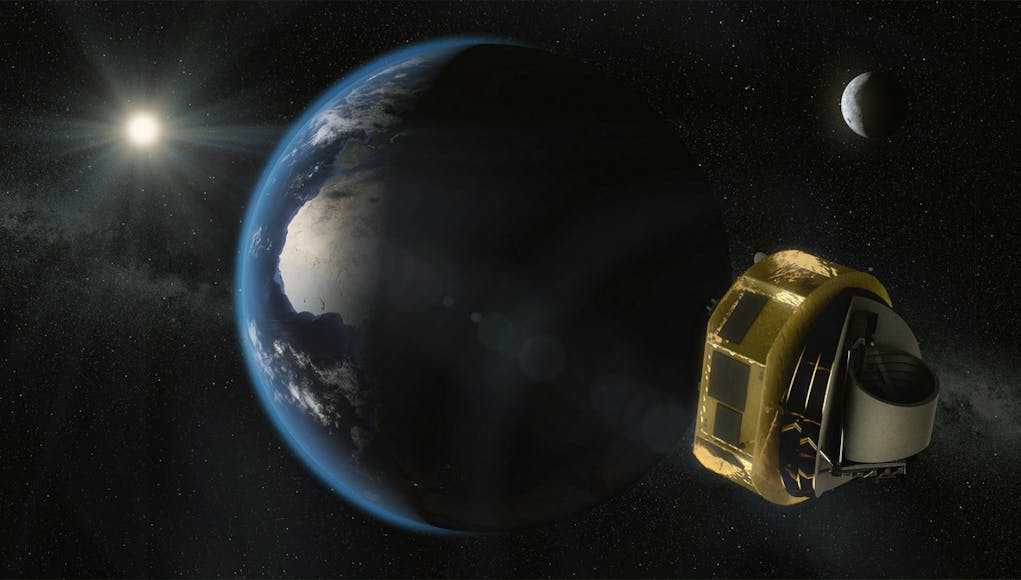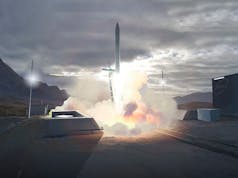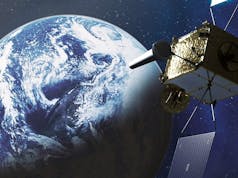BAE Systems’ FAST Labs research and development organisation has secured a $7 million contract from the Defense Advanced Research Projects Agency (DARPA) for the Oversight autonomous space-based target custody program.
The new technology aims to revolutionise continuous target tracking and enhance space intelligence, surveillance, and reconnaissance (ISR) capabilities.
The current methods of space ISR collection suffer from limitations such as being isolated, labour-intensive, and lacking the ability to adapt quickly to leverage new space systems.
To overcome these challenges, DARPA, along with the U.S. Space Force and the Space Development Agency, is working on developing satellite constellations to enhance the tactical relevance of U.S. space systems.
The DARPA Oversight program will focus on creating an autonomous system that can maintain constant “custody” of a large number of assets across diverse constellations. This program aims to harness the potential of proliferated low Earth orbit satellite constellations, significantly expanding on-orbit ISR capabilities. The technology developed under this initiative will be deployed on both tactical-edge satellites and ground stations.
Dr. John Grimes, the director of Small Satellites at BAE Systems’ FAST Labs, highlighted the urgency of addressing the increasing capabilities of near-peer adversaries.
“Rapidly advancing near-peer adversary capabilities are driving a need for additional long-range tracking at increased scale and timeliness,” he stated. BAE Systems’ team comprises experts in autonomy, space processing, ISR systems, tactical-edge software development, system integration and architectures, and mission focus.












Having access to many constellations of low earth orbit satellites in both visual and radio spectrum is going to generate a vast amount of images that can’t be exploited manually. So machine learning is the obvious tool to recognise the objects of interest at scale.
Let’s hope that LEO satellites have enough solar power and edge computing power to handle the ML close to, and not need to send everything to ground facilities.
Clearly the open intelligence value of satellite images has been huge during the war in Ukraine however the manual effort to exploit is not scalable and this problem will only get worse as more satellites and more spectrum become available.
Ahh… BAE getting government contracts again. Splendid! 🤔😳